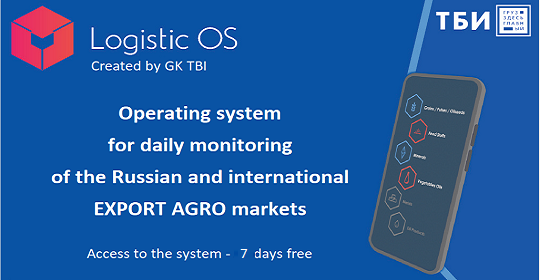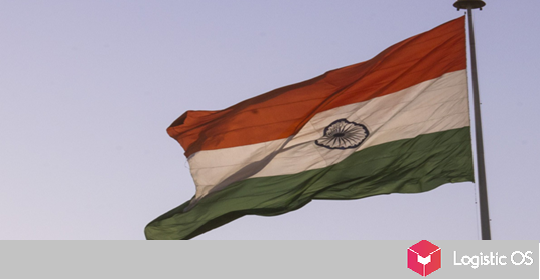The tense geopolitical situation in the Red Sea creates direct risks for rising prices around the world, experts say.
The problems began back in November, when Yemen’s Houthis began attacking merchant ships passing through the Red Sea; since then, about 30 attacks have already been recorded.
Recently, NATO countries entered into a military conflict with the Houthis, and this, according to experts, will most likely worsen the situation in the short term.
As a result, most companies involved in container shipping have already completely abandoned the passage of ships through the Red Sea and the Suez Canal.
Instead, ships go around the whole of Africa through the Cape of Good Hope, which is safer, but the route is 13,000 kilometers longer, which at least doubles the cost of transportation.
Currently, only 10% of the number of ships that passed through the Suez Canal a month ago is passing through.
On the contrary, twice as many ships began to pass through the Cape of Good Hope.
All this has led to the fact that transporting a container, for example, from Shanghai to Rotterdam has become much more expensive: instead of $1,700, you now have to pay almost $3,600 for it.
What could be the consequences?
Most analysts see no prerequisites for the situation to return to normal in the foreseeable future. This means we should assume that such problems will be with us for a long time.
“In the short term, the situation will get worse… The longer this crisis continues, the more disruption it will cause to maritime cargo transport around the world, and costs will continue to rise.
This means that goods are delayed or do not arrive at all, and prices for the end consumer rise.
We are looking at months, not weeks or days, before this crisis reaches any resolution,” said Xeneta chief analyst Peter Sand.
In this case, it is quite possible that freight rates will increase further in the near future, and the increase could be up to 200%, and this is in addition to the fact that they have already shown a multiple increase.
As a result, the rise in logistics costs will make almost all types of goods that were previously transported through the Red Sea rise in price, and we are talking about no less than 12% of the volume of all world trade.
Possible consequences include rising inflation around the world and rising prices for goods for end consumers.
This could force the world’s central banks to raise rates even further to combat inflation — and these rates are already very high.
Thus, the longer the situation in the Red Sea remains difficult, the higher the risk of shocks to the global economy.

